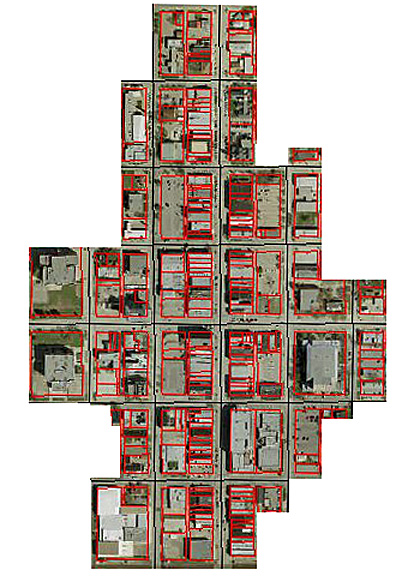Home / Blog / Business Enhancement /
New Data Highlights Impact of Emporia Downtown Historic District

In May of 2012, Emporia Main Street was notified that our request for the development of a Federal and State recognized historic district was granted. For more than three years, volunteers and staff worked to educate the public about historic preservation and its specific role in community and economic development. In our original data set that made the economic case for a historic district, we looked at two year development windows. Now that we’ve passed that time frame and collected data, how has downtown fared?
Since the inception of the district, we’ve had five projects that completed and utilized state historic tax credits, with three more current “open” projects. We’ve had one completed federal project, with four more “open” projects. So, we’ve had six projects that completed a historic rehab utilizing incentives made possible through the historic district, with another seven still in process. In addition, we had one project that received a special competitive state grant due to its inclusion as a contributing structure within the historic district.
The completed historic rehabilitation projects have received, to date, $957,841 in historic tax credits to aid in the redevelopment of buildings within the Emporia Downtown Historic District.
Beyond the use of historic tax credits, what has the impact been on non-historic buildings, or buildings that chose not to utilize the historic tax credits as a portion of their financing?
For the ten quarters downtown after the district establishment- Historic Rehabs totaled $3,859,249 according to the Kansas State Office of Preservation.
Dollar Amount of Buildings Sold- $4,054,110
Dollars Spent on Building Rehabs- $1,492,966 (general non-historic rehabs not seeking tax credits)
Compare this with the previous ten quarters within the designated historic district area before district formation:
Dollar Amount of Buildings Sold- $1,620,700
Dollars Spent on Building Rehabs- $626,651
According to our data, both the value of buildings sold and dollars spent on building rehabs more than doubled after the establishment of the Emporia Downtown Historic District.
The formation of the Emporia Downtown Historic District started off rather controversially, but as more people learned about historic preservation, sustainability, good design and the importance of building maintenance public support pushed the initiative through. We needed to change organizationally (Main Street had never entered into a public education campaign the likes of the Historic District before) and we needed to change our assets to create the type of trajectory we wanted to see downtown.
We aren’t finished yet. There are a lot of buildings that need work, and we have a lot of building developers just now starting to learn more about utilizing historic preservation practices. But, we are moving in the right direction. Your investment in Emporia Main Street led to the Historic District, and the historic district led to incentives and practices that help Emporia grow and improve. We thought it was important to show hard factual evidence that your faith and investments have been rewarded.
We also understand that some individuals and groups were worried that a historic district would have an extremely detrimental impact on development within the downtown area. It’s okay to require evidence before making a move. And, we hope that through positive gains through Main Street development initiatives that we can gain more popular acceptance for our role as an economic and community development entity. The Historic District isn’t a destination, but a symbol of our commitment to sustainability, entrepreneurship, preservation and community pride expressed through reinvestment in our unique community assets.
See this data and MUCH more in this week’s Emporia Main Street E-newsletter!